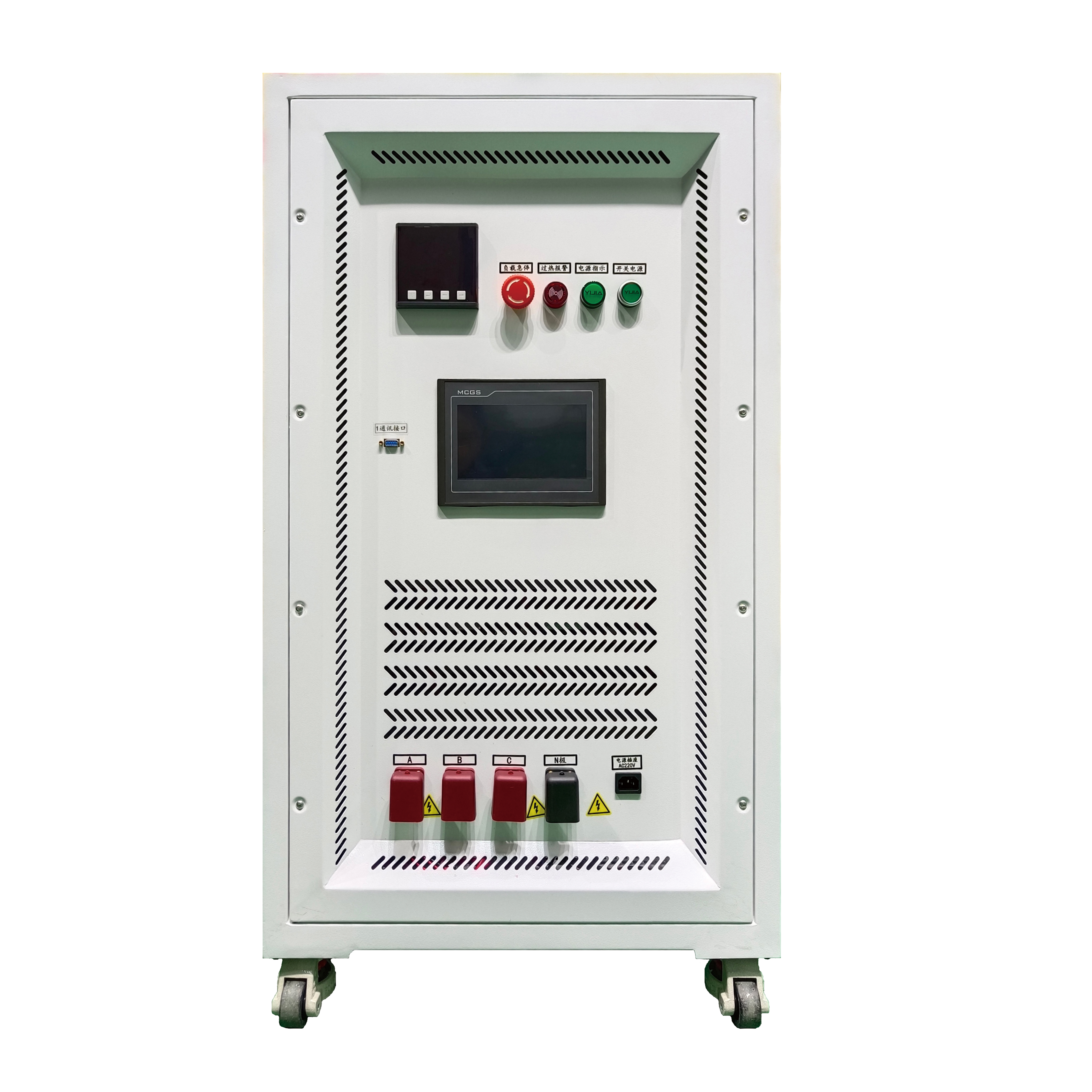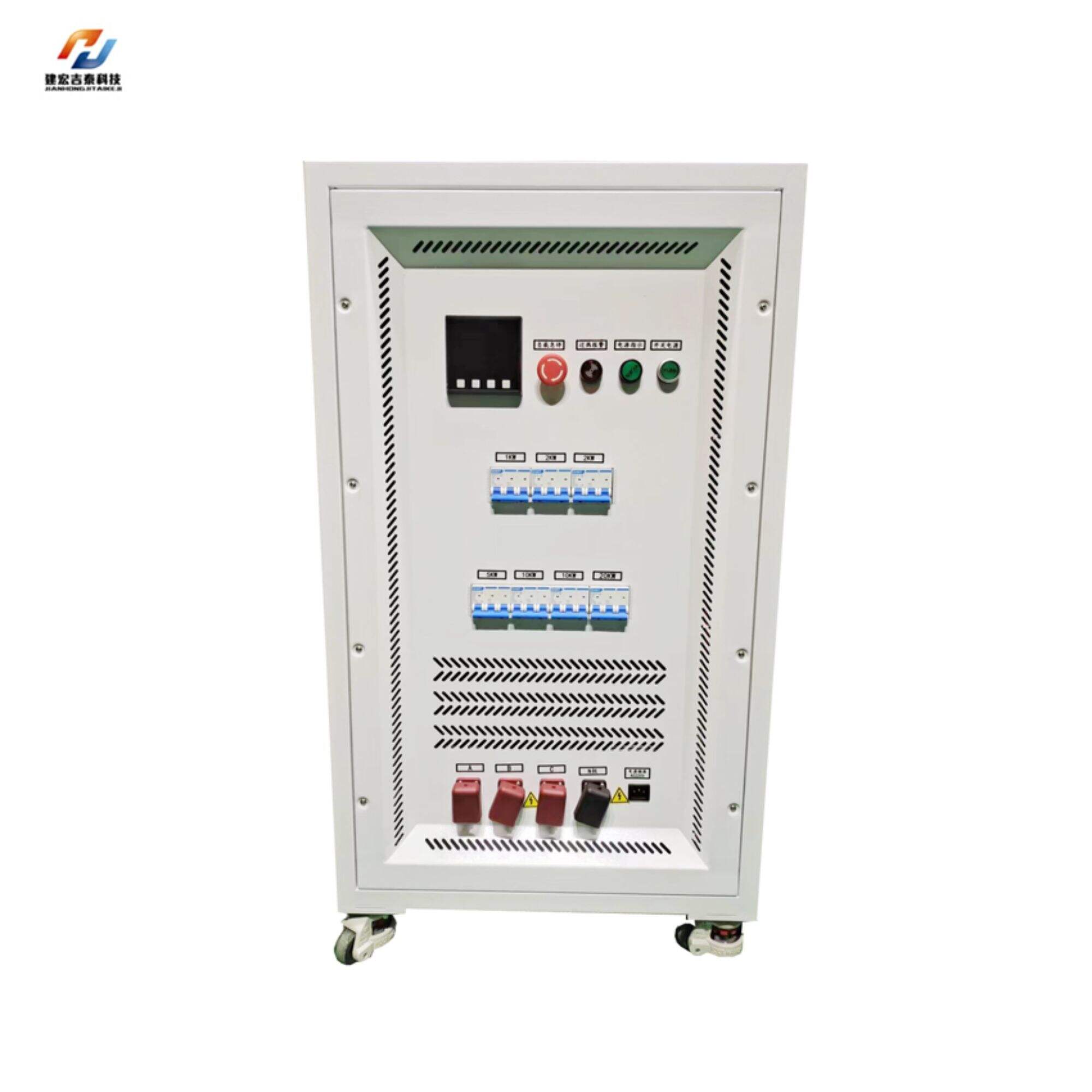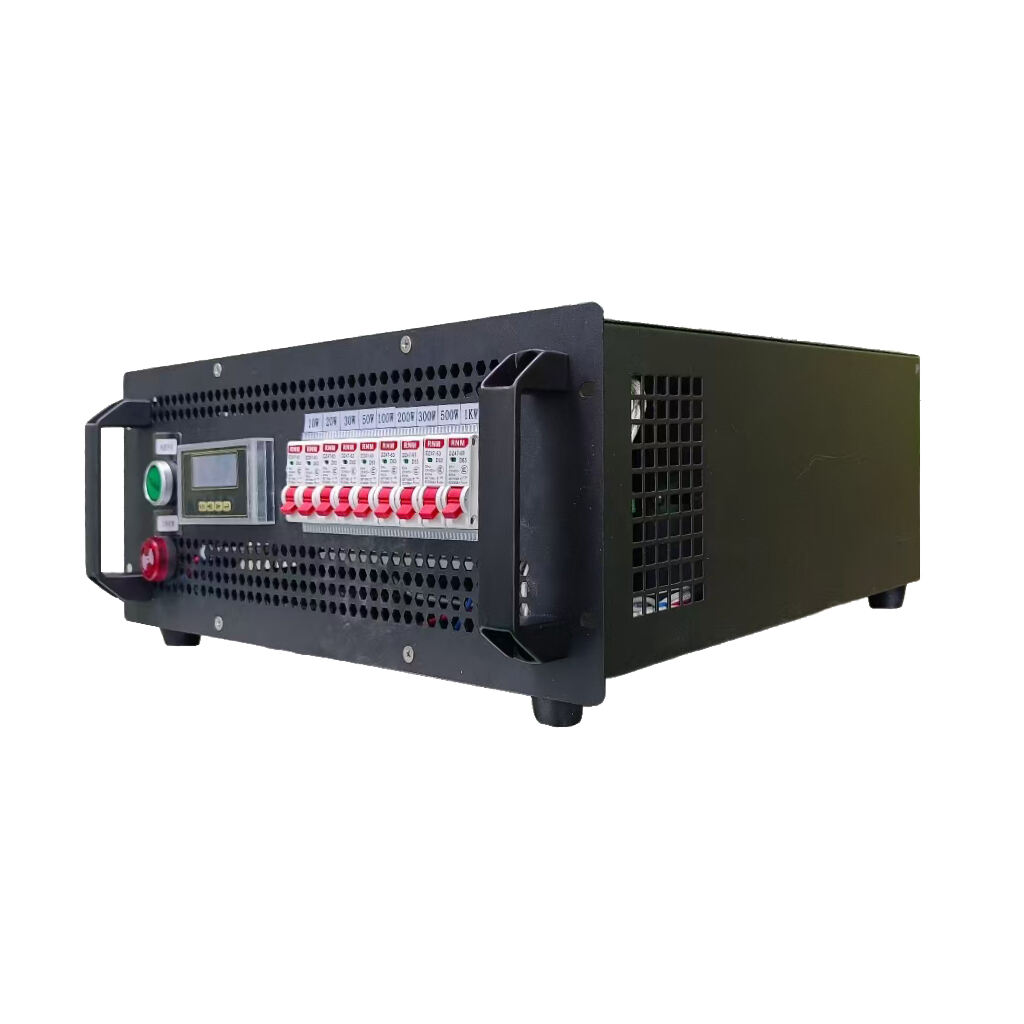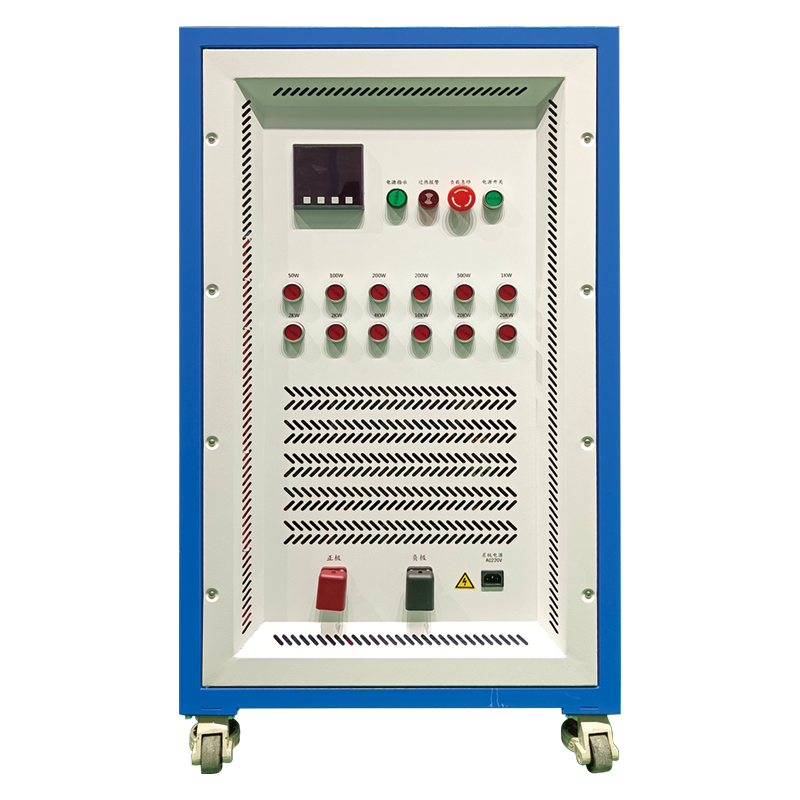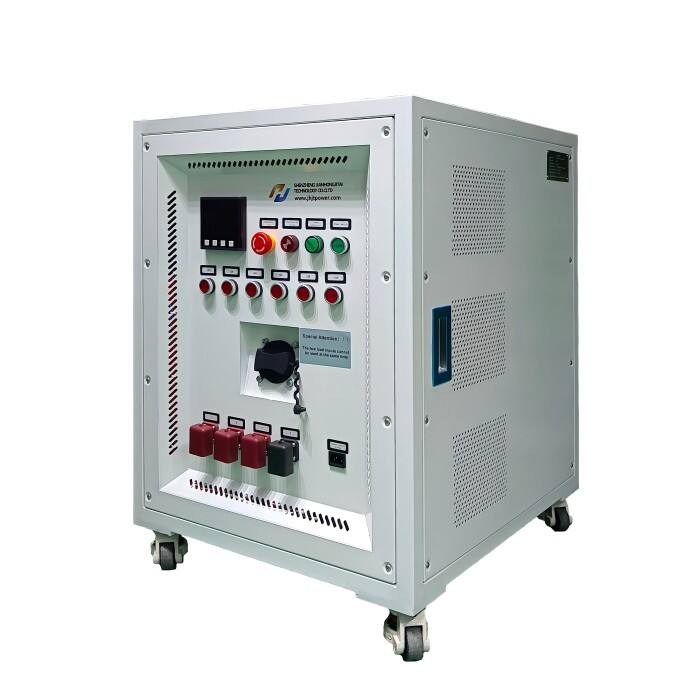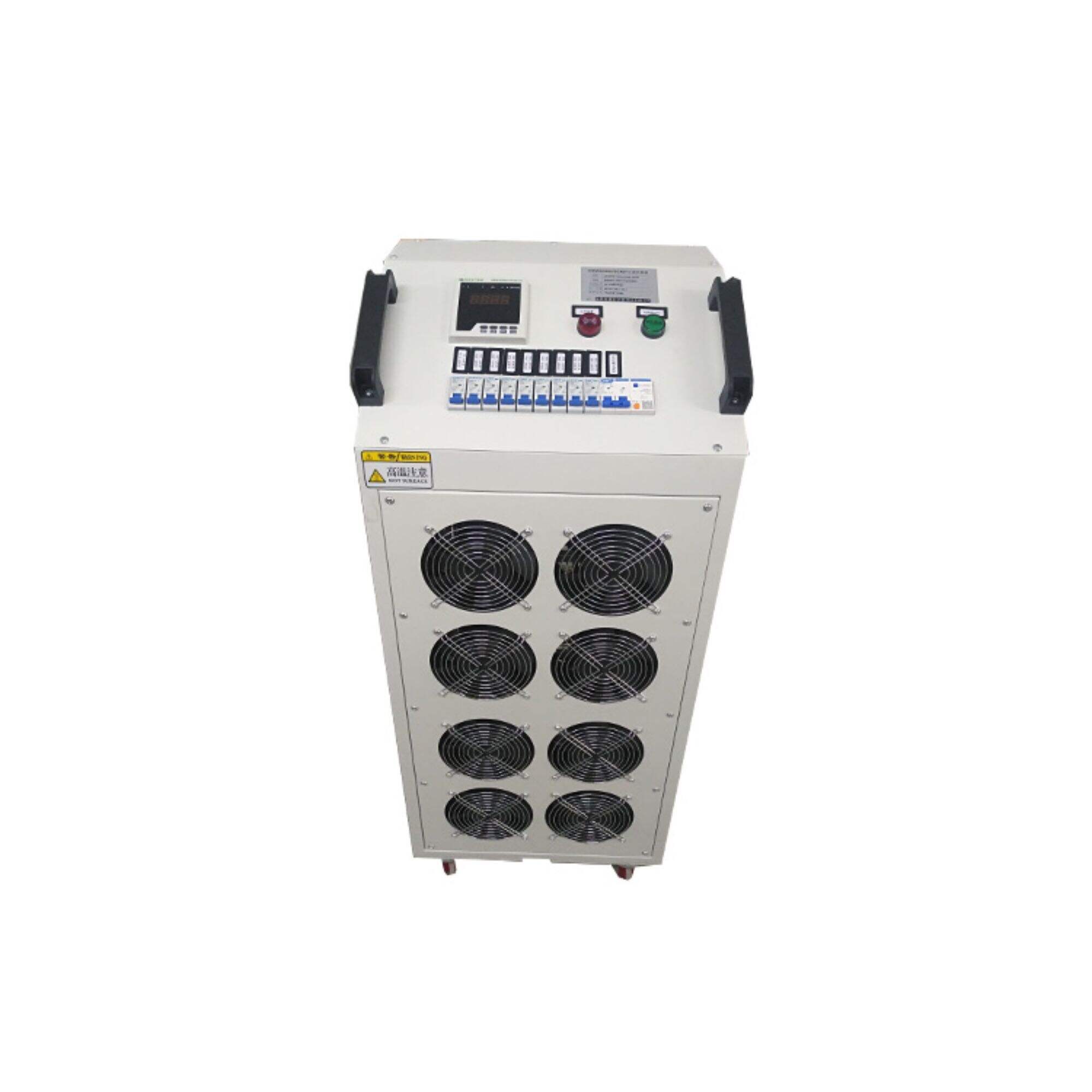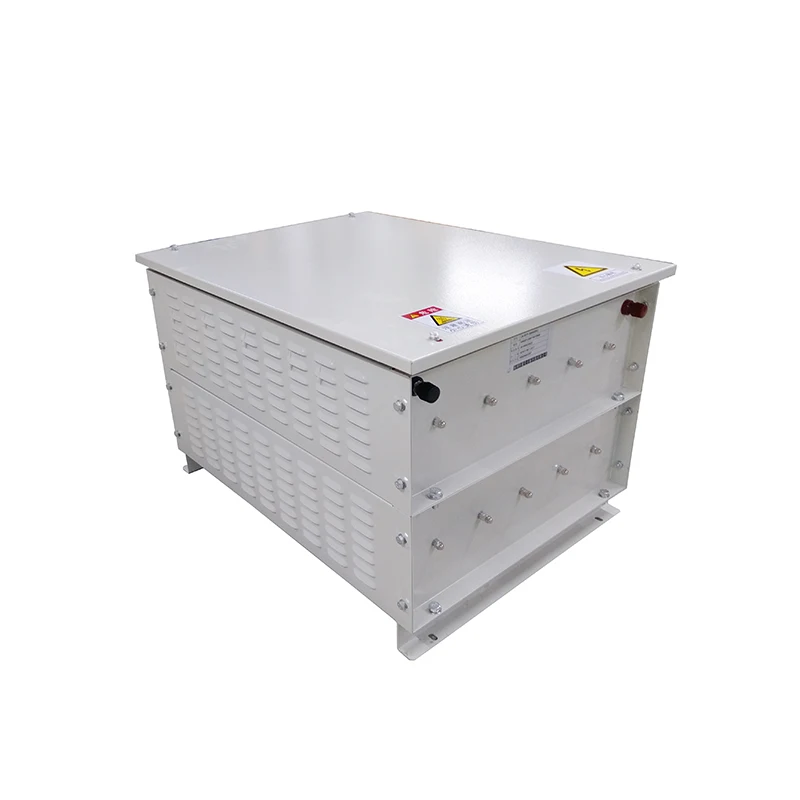A Comprehensive Guide To Load Bank Types And Their Applications
Various industries cannot do without load banks, which serve as controlled means of testing, maintaining, and simulating electrical loads. To this end, these tools are important in the prevention of system failures and safety risks by enabling designers and engineers to evaluate performance under different loading conditions.
Resistive Load Banks
They are the most common type for resistive load banks and work by using resistors to dissipate power as heat. These designs are straightforward and provide a cheap option to basic load testing needs. Resistive load banks are best suited for full or partial load testing of generators, transformers and other electrical components.
Dynamic Load Banks
The dynamic load bank uses motors that convert electrical energy into mechanical energy in order that it simulates real-world loads. They can consume or produce reactive power which makes them suitable for complex tests such as power factor correction as well as voltage regulation. Usually, they are applied when testing power plants, wind turbines or uninterruptible power supply (UPS) systems.
Electronic Load Banks
Electronic load banks make use of advanced electronic circuitry in order to accurately emulate various load profiles. That is why they have high accuracy over parameters like current, voltage and power factor specifications. The fact that electronic loadbanks can be programmed says much about their versatility in application; they could be used during product development phase or quality assurance exercises as well as research and development processes.
Reactive Load Banks
The role of reactive loadbanks is to ascertain whether electrical systems can handle reactive power necessary for keeping network voltage levels stable. These products are mainly used with high voltages systems such as capacitor banks, reactors or reactive compensators in the form of capacitors.
Applications of Load Banks
Load bank applications are numerous and diverse across different industries. In the construction sector they test new installations before commissioning them while for manufacturing they aid in quality control of electrical equipment. In the case of utilities, generators and distribution systems need load banks for maintenance and preservation purposes. As for the automobile industry, they are used to simulate electrical loads in vehicles in order to test alternators and batteries.
Load banks are essential tools that ensure reliability and safety of electrical systems across different industries. Hence professionals can be knowledgeable when selecting the right equipment for their testing needs by understanding different types of load banks and their specific applications. For regular maintenance, performance verification or research purposes they remain an integral part of electrical engineering as well as maintenance practices.
Recommended Products
Hot News
-
What Are The Functions Of The Ac Load Box For Power Supply Detection And Maintenance
2024-01-11
-
The Use Characteristics And Methods Of The Load Bank Of The Generator Set
2024-01-11
-
The function of the load bank
2024-01-09
-
Explore The Types And Characteristics Of Resistors: Fixed And Variable Resistors
2024-01-09
-
How Resistors Work And Their Applications In Circuits
2024-01-09
-
Load Banks: Ensuring Optimal Performance in Power Testing Environments
2024-10-21
-
Exploring the Advantages of Wirewound Resistors for Precision Applications
2024-10-14
-
Understanding the Benefits of Aluminum Resistors in High-Performance Applications
2024-10-08

 EN
EN
 AR
AR
 BG
BG
 HR
HR
 CS
CS
 DA
DA
 NL
NL
 FI
FI
 FR
FR
 DE
DE
 EL
EL
 IT
IT
 JA
JA
 KO
KO
 NO
NO
 PL
PL
 PT
PT
 RO
RO
 RU
RU
 ES
ES
 SV
SV
 TL
TL
 ID
ID
 LT
LT
 SR
SR
 SK
SK
 UK
UK
 VI
VI
 HU
HU
 TH
TH
 TR
TR
 AF
AF
 MS
MS
 GA
GA
 BN
BN
 LO
LO
 LA
LA
 NE
NE
 MY
MY
 UZ
UZ
